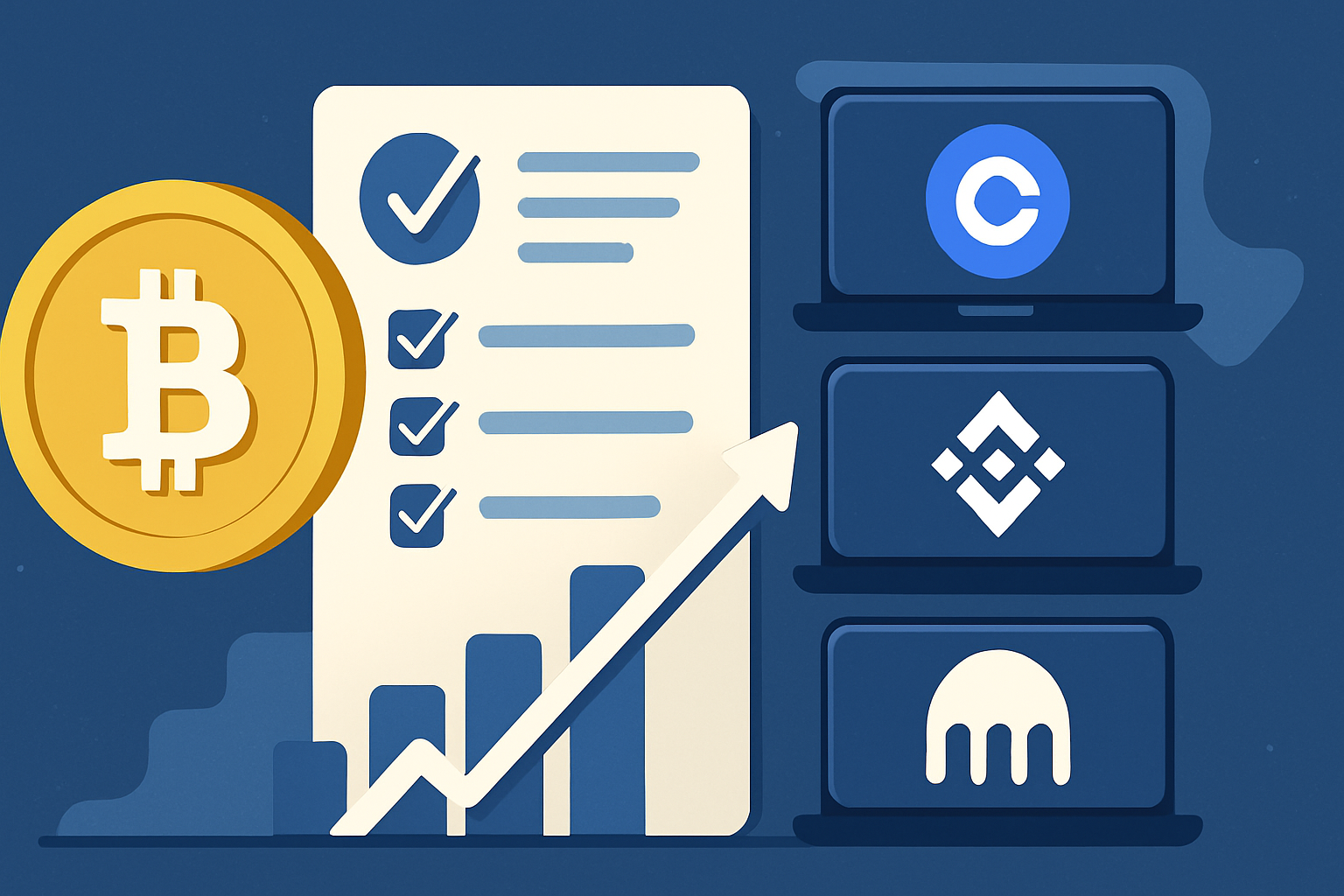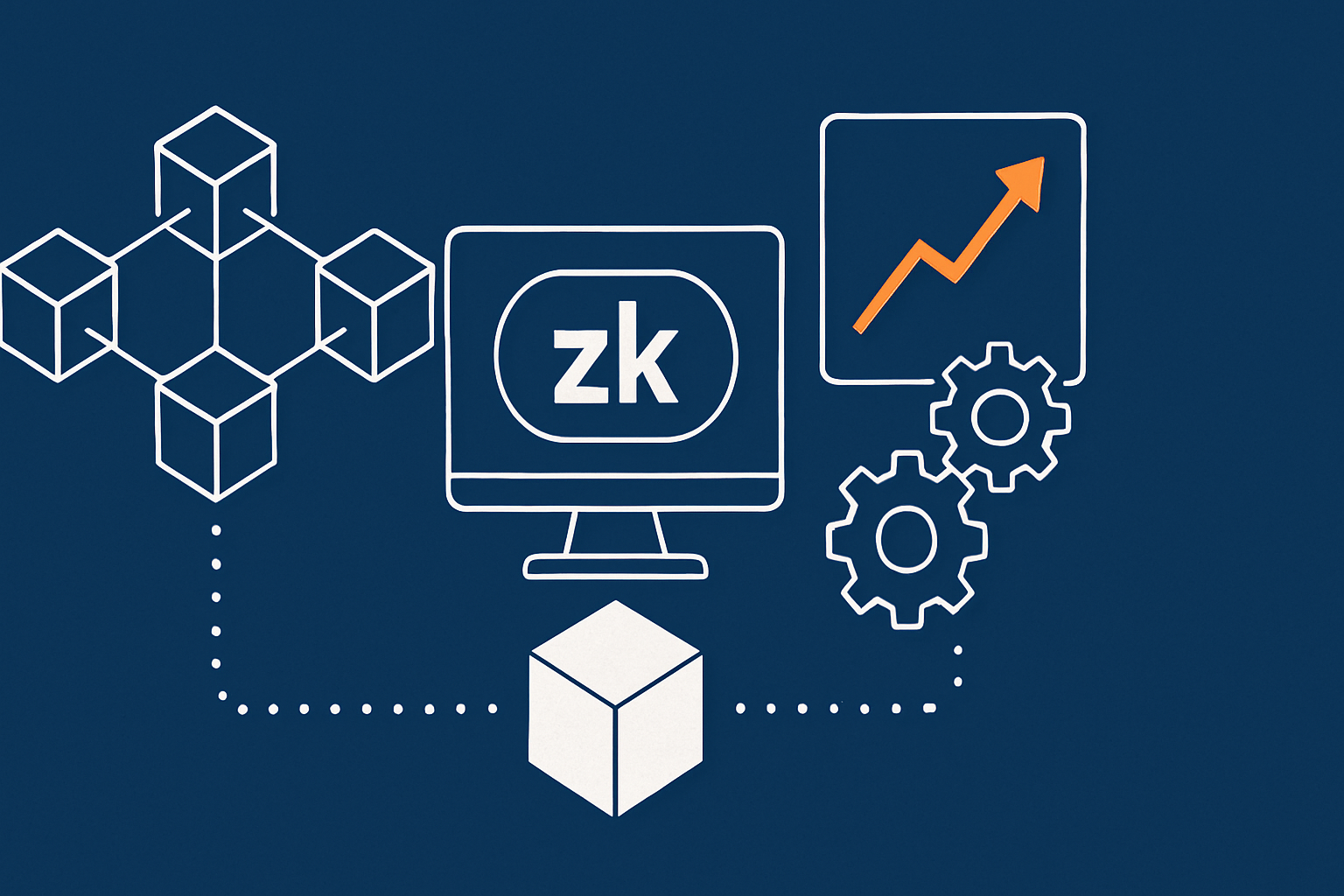
The journey of a cryptocurrency token does not end with its creation. In fact, the real challenge for many projects begins after launching the token. To thrive in the competitive crypto market, getting your token listed on cryptocurrency exchanges is critical. Exchange listings provide the much-needed liquidity, credibility, and exposure that can drive user adoption and increase trading volume. This blog explores the significance of cryptocurrency exchange listings, how to strategically approach the process, and the key benefits that come with successful listings.
Understanding the Importance of Exchange Listings
Cryptocurrency exchanges act as the primary platforms where buyers and sellers trade tokens. Without an exchange listing, a token remains largely inaccessible to a broad market of potential investors and traders. Exchanges provide an infrastructure that supports market discovery, price formation, and liquidity. When a token is listed on a reputable exchange, it signals legitimacy and opens doors to a global audience.
The visibility gained through exchange listings is unmatched. Listing on a top-tier exchange can exponentially increase a token’s user base because these platforms already have millions of active users. For emerging projects, exchange listings often represent an essential milestone that validates their value proposition. Additionally, listings influence price dynamics, as increased demand often follows broader availability.
Types of Cryptocurrency Exchanges
There are various types of cryptocurrency exchanges, and understanding the differences is vital when planning a listing strategy. Centralized exchanges (CEX) operate as intermediaries, managing custody of assets and offering streamlined user experiences with advanced features such as margin trading, lending, and more. These exchanges, like Binance, Coinbase, and Kraken, have stringent listing requirements and charge fees but provide high liquidity and user trust.
On the other hand, decentralized exchanges (DEX) such as Uniswap, PancakeSwap, and SushiSwap operate without central intermediaries, facilitating peer-to-peer token swaps through smart contracts. DEX listings are often more accessible because they require no approval process, but they usually come with lower liquidity and higher risk of scams or fake tokens.
Hybrid exchanges combine elements of both CEX and DEX, offering custody and liquidity with decentralization features. Choosing the right type of exchange depends on the project’s goals, target market, and regulatory compliance.
Preparing Your Token for Listing
Before approaching exchanges, it is essential to prepare your token and project meticulously. Exchanges typically look for tokens that demonstrate strong fundamentals, security, compliance, and community support. Token smart contracts should be audited by reputable security firms to ensure there are no vulnerabilities. A clean, transparent, and immutable code base builds trust with exchanges and investors alike.
Clear and compelling documentation is another crucial aspect. This includes a well-crafted whitepaper, detailed tokenomics explaining supply, distribution, and use cases, and a project roadmap outlining future development milestones. The team behind the token should be visible, credible, and reachable. Providing verifiable information about team members, partnerships, and advisory boards helps exchanges and users feel confident in the project.
Community engagement is equally important. Projects with vibrant, active, and supportive communities demonstrate real user interest. Exchanges prefer tokens with social media presence, user feedback, and growing adoption metrics. Launching marketing campaigns, AMAs, and partnerships can amplify visibility and create demand.
Navigating the Listing Application Process
Listing a token on a cryptocurrency exchange requires careful navigation of the application process. Most top-tier centralized exchanges have formal application portals where projects can submit listing requests. These applications demand comprehensive project details, including token specifications, legal compliance status, and evidence of community traction.
Legal compliance is often a major hurdle. Exchanges conduct due diligence to ensure tokens comply with local and international regulations, including anti-money laundering (AML) and know-your-customer (KYC) standards. Tokens classified as securities or those with unclear legal status may face rejection or delays. Engaging legal experts early in the process can streamline compliance and minimize risk.
Some exchanges require a listing fee or payment in the exchange’s native token, while others offer free listings based on merit and potential. Understanding the cost structure and payment methods beforehand helps in budgeting and planning. Additionally, negotiating the terms, including liquidity provision requirements and marketing support, can enhance the value of a listing.
The Role of Market Makers and Liquidity Providers
Liquidity is a critical factor for exchange listings. Tokens with low liquidity tend to experience high price volatility and poor trading experiences, which can deter traders. To address this, many projects collaborate with market makers or liquidity providers who help maintain orderly markets by offering continuous buy and sell orders.
Market makers can improve price stability and reduce spreads, making the token more attractive to traders. Some exchanges require projects to onboard market makers as part of their listing agreement. Selecting professional liquidity partners with experience in crypto markets can significantly enhance token performance post-listing.
Liquidity pools, especially on decentralized exchanges, play a similar role by allowing users to provide liquidity in exchange for rewards. This mechanism increases token availability and encourages participation but requires careful design of incentives and governance.
Post-Listing Strategies to Sustain Growth
Getting listed is just the beginning of a new phase. To sustain growth and maximize benefits, projects must actively engage with their communities and leverage the exchange’s features. Announcing the listing through social media, press releases, and influencer collaborations can create initial trading momentum.
Continuous communication with holders and traders builds loyalty and trust. Providing regular updates on project development, partnerships, and use cases reinforces confidence. Some projects introduce staking, yield farming, or governance voting post-listing to increase user participation and token utility.
Exchanges often support listing projects with promotional campaigns, including trading competitions, giveaways, or featured spots on their platforms. Collaborating closely with exchange marketing teams can amplify visibility and attract new users.
Monitoring market performance and user feedback is essential to identify and resolve issues promptly. Projects should be prepared to address concerns about liquidity, price manipulation, or technical glitches. Transparency and responsiveness go a long way in maintaining a positive reputation.
Overcoming Common Challenges in Exchange Listings
Despite the benefits, the listing process is often fraught with challenges. The competitive nature of the crypto market means many tokens vie for limited exchange slots. Projects with incomplete documentation, unclear value propositions, or poor compliance records face repeated rejections.
Legal and regulatory uncertainties continue to pose risks. As governments introduce new frameworks, exchanges tighten their listing policies to avoid regulatory penalties. Navigating this evolving landscape requires proactive legal strategies and flexibility.
Some projects struggle with liquidity provision and market making, resulting in poor trading experiences and eventual delisting. Ensuring sufficient capital and professional support for liquidity management is crucial.
Additionally, scams and fraudulent tokens have led exchanges to adopt stricter vetting procedures. While this protects investors, it also increases barriers for legitimate projects. Building credibility through transparency, audits, and partnerships can mitigate these challenges.
Emerging Trends in Exchange Listings
The cryptocurrency exchange landscape continues to evolve rapidly. New types of exchanges, including those specializing in niche tokens or offering innovative financial products, are emerging. Layer 2 rollups and cross-chain bridges are enabling faster and cheaper transactions, influencing listing strategies.
AI-driven analytics and blockchain intelligence tools assist exchanges in evaluating tokens more efficiently. Projects that harness these technologies to prove activity and authenticity stand a better chance of acceptance.
Token launchpads and IDO (Initial DEX Offering) platforms offer alternative routes to liquidity and exposure, complementing traditional exchange listings. Some projects combine IDOs with later centralized listings to maximize reach.
Regulatory developments, such as increased scrutiny on stablecoins and DeFi tokens, shape exchange policies and token eligibility. Staying informed and adaptable is key to long-term success.
Conclusion
Cryptocurrency exchange listings remain a vital strategy for any token seeking to boost visibility and trading volume. Beyond mere accessibility, listings serve as a stamp of credibility that can open doors to a global audience and institutional investors. Successful listings require thorough preparation, including robust technical security, legal compliance, and active community engagement.
Navigating the complexities of the listing process demands strategic planning and collaboration with exchanges, market makers, and legal experts. Post-listing efforts are equally important to sustain growth and build long-term value. Despite challenges and evolving regulations, the opportunities presented by exchange listings are indispensable for any token aiming to thrive in the dynamic cryptocurrency ecosystem.
By focusing on transparency, innovation, and user engagement, projects can leverage exchange listings to unlock their full potential, create vibrant markets, and foster lasting success in the ever-expanding world of crypto.




















Write a comment ...